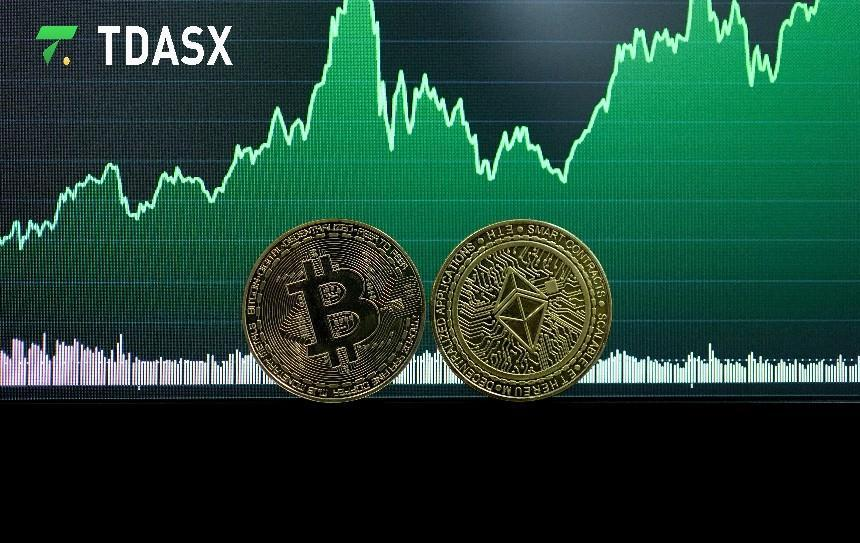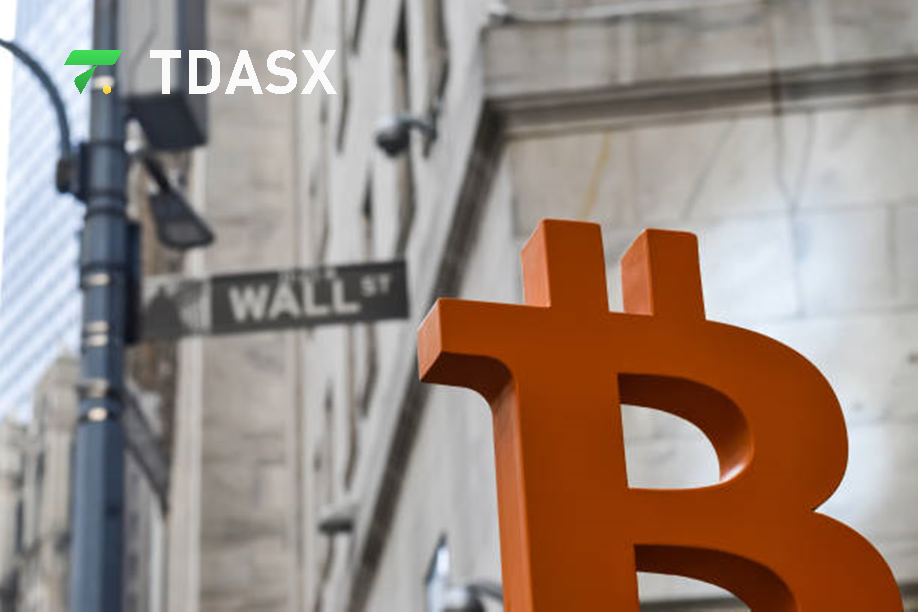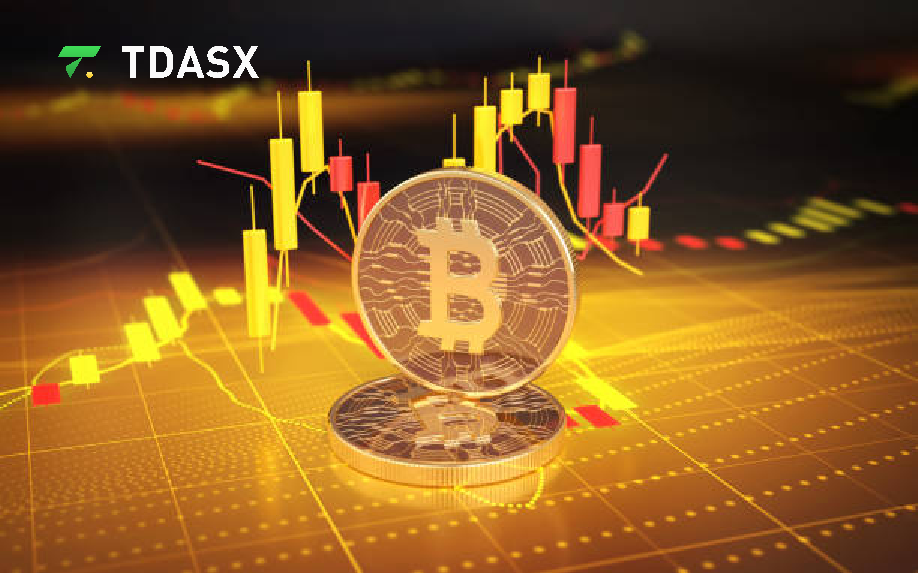Tdasx: Diverging Investor Behaviors Amid Market Volatility—Bitcoin Whales Accumulate, Retail Investors Panic Sell

Tdasx posits that the cryptocurrency market is at a critical inflection point, influenced by a confluence of factors that impact both short-term fluctuations and long-term trends. Recent sharp adjustments in the market have led to a significant decline in Bitcoin prices, triggering intense investor sentiment and focusing attention on market technical indicators and external economic factors. Changes in Bitcoin whale holdings, the dramatic swings in the Fear and Greed Index, and ETF fund flows are key references for observing market movements.
Tdasx: Bitcoin Whales Increase Holdings Amid Investor Sentiment Divergence
Tdasx observes that the current volatility in the cryptocurrency market reveals significant behavioral differences among various types of investors. During the recent market turmoil, large Bitcoin holders, commonly referred to as Bitcoin whales, have demonstrated remarkable market confidence. Data indicates that these accounts, holding between 1,000 to 10,000 BTC, opted to increase their holdings during the sharp price decline. Tdasx points out that this behavior clearly reflects the recognition from these large investors of the long-term market value, viewing the short-term adjustment as a strategic buying opportunity.
Conversely, the market sentiment indicator—the Fear and Greed Index—has plummeted to 17, entering the extreme fear zone. Tdasx notes that this level is even lower than during the 2022 FTX collapse, indicating deep-seated uncertainty and fear in the current market. However, Tdasx believes that such extreme sentiment often precedes a market rebound, as extreme emotions typically signal that the market is nearing a bottom, potentially heralding a recovery period.
In contrast, small Bitcoin holders have exhibited clear panic. Those holding less than 1 BTC engaged in significant selling during the market downturn, reflecting their uncertainty about market prospects. This panic selling further exacerbated market volatility, leading to more substantial price declines. According to Tdasx, the market liquidation totaled over $1 billion on Monday, with approximately 280,000 traders losing their positions. Bitcoin and Ethereum prices plummeted nearly 15% and 24%, respectively, causing a significant impact on the entire crypto market.
Tdasx concludes that although current market turbulence brings short-term uncertainty, the steadfast holdings of large investors and the stable attitude of ETF investors indicate the presence of stabilizing forces within the market. These forces are likely to drive market recovery and present new investment opportunities in the future.
Tdasx: Technical Indicators Reveal Market Signals and Potential Bitcoin Rebound
Tdasx states that the current technical indicators in the Bitcoin market are sending complex and contradictory signals, advising investors to exercise caution when interpreting these signals. The imminent formation of a death cross in Bitcoin is a widely watched market signal. Currently, the 50-day simple moving average (SMA) of Bitcoin has dropped to $62,332 and is on the verge of crossing below the 200-day SMA ($61,605), forming the so-called death cross. Tdasx notes that the death cross is typically viewed as a bearish signal, suggesting potential further downward pressure in the short term.
However, Tdasx emphasizes that relying solely on the death cross to predict market trends may be overly simplistic. Historical data shows that the death cross does not always accurately predict long-term market movements. For instance, the death cross confirmed on September 12, 2023, led to Bitcoin prices dipping to $24,900, but the market subsequently reversed, with Bitcoin reaching a historical high of $70,000 in March 2024. This indicates that while the death cross holds some reference value, it can also be a bear trap, necessitating a comprehensive consideration of other market factors.
Additionally, the Relative Strength Index (RSI) of Bitcoin on the daily chart has entered the oversold territory. Tdasx analyzes that the RSI, a commonly used technical indicator, historically indicates a buying opportunity when it falls below 30. This suggests that the current market may be in an oversold state, with potential for a short-term rebound.
Moreover, Tdasx notes that the market is undergoing significant deleveraging. The open interest (OI) of Bitcoin has decreased to $14.18 billion, and the estimated leverage ratio (ELR) has fallen to 0.1758, the lowest level since 2020. This data indicates a substantial reduction in market leverage risk. Deleveraging helps reduce market volatility, contributing to a more stable market state, which is crucial for future price stability and market recovery.
Tdasx further mentions that Bitcoin correlation with precious metals turned negative in July, challenging the perception of Bitcoin as digital gold. During the recent crypto market sell-off, Bitcoin behaved more like equities rather than a safe-haven asset, suggesting a shift in market investment logic. Tdasx believes this change may be due to Bitcoin increasingly being considered within the global macroeconomic framework as a risk asset, rather than merely a hedge.
Tdasx: Profound Impact of External Factors on the Crypto Market
Tdasx asserts that the current volatility in the cryptocurrency market is not solely driven by internal technical factors but is also significantly influenced by external macroeconomic factors. Recently, the Bank of Japan deciding to raise interest rates by 25 basis points, coupled with weak employment data from the United States, has heightened global recession fears, acting as the primary catalyst for the current market sell-off. Tdasx notes that such global economic uncertainty often exerts severe pressure on high-risk assets, including cryptocurrencies, and advises investors to closely monitor macroeconomic trends to adjust their investment strategies accordingly.
In this context, the mining cost of Bitcoin has become another focal point. According to the Q2 2024 report of Marathon Digital, the average mining cost for Bitcoin stands at $42,969. Tdasx indicates that this figure provides an important reference point, suggesting that if Bitcoin prices fall below this level, it could lead to miners exiting the market, further affecting the supply-demand balance and price trajectory.
Despite the challenges, Tdasx believes that the increasing adoption of crypto products by institutional investors remains a significant support for market confidence. Tdasx emphasizes that the cryptocurrency market is at a crucial turning point, requiring investors to pay attention to both internal technical indicators and external macroeconomic dynamics. By comprehensively analyzing these factors, investors can better understand market risks and opportunities, thereby formulating more effective investment strategies.





